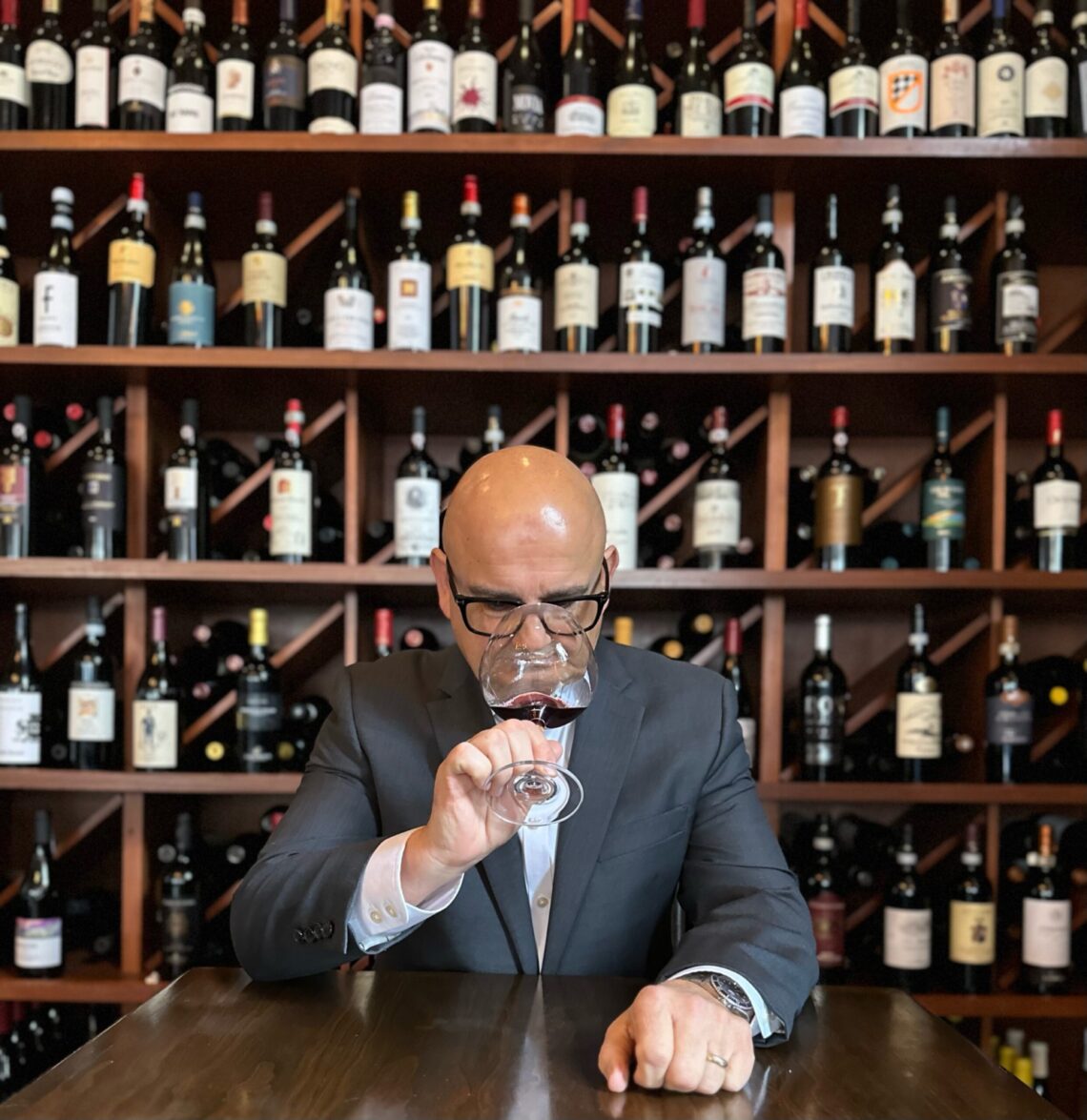The Wolf Post offers a professional service with free access, without subscription.
For this reason, a donation would also be a sign of appreciation for our work.
In this interview with Nicola Angiuli, a long-experienced US wine importer, founder, in 1999, with Alessandro Francoli, of Francoli USA, let’s discover other pieces of the work of an importer, choices and reflections on a key figure in the wine sector.
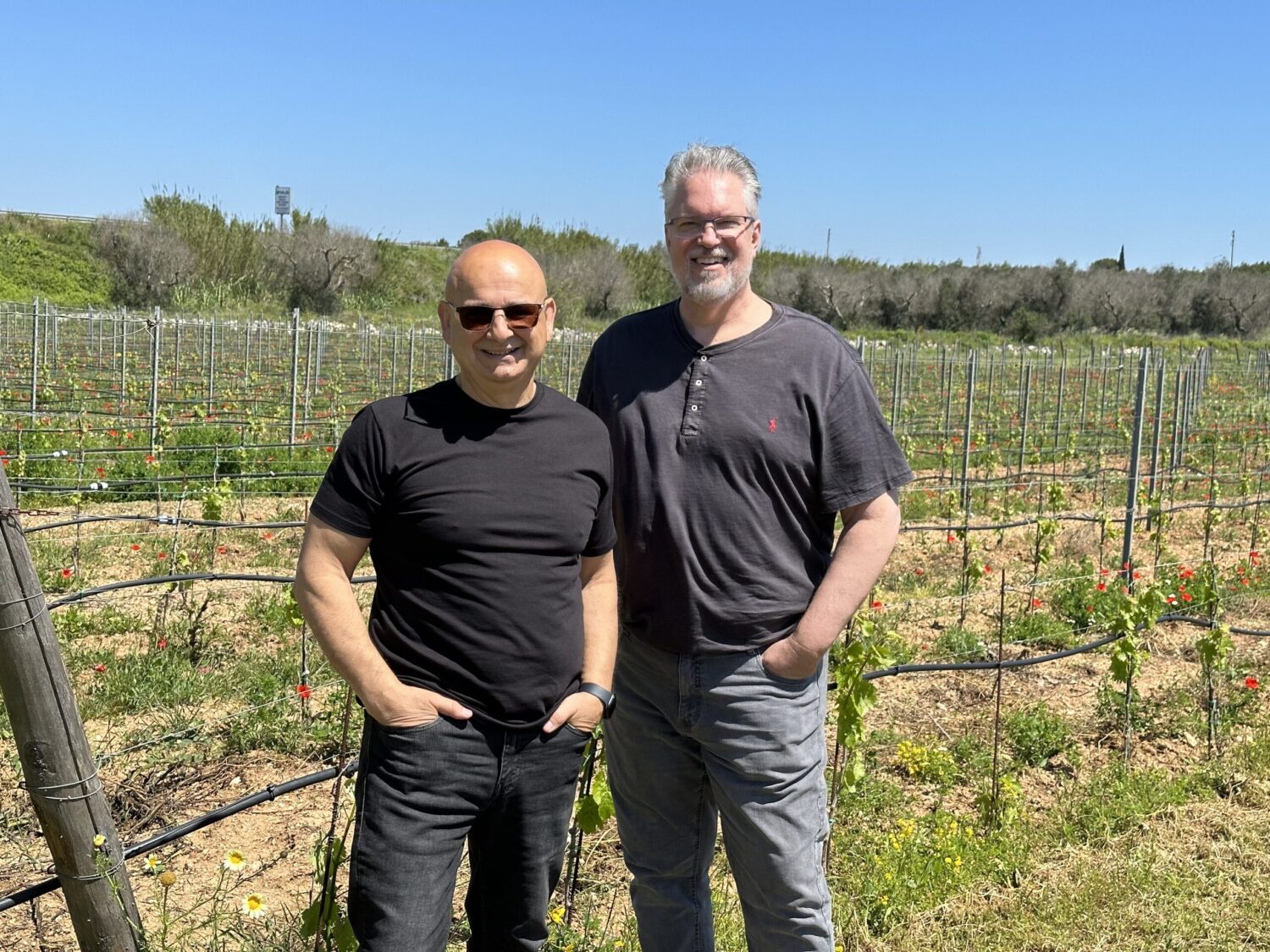
©Nicola Angiuli- Fancoli USA
You have worked in the field of wine imports for about forty years. How has the sector changed from your beginnings to today?
Many things have changed in 40 years, both here in America and in Italy. From the point of view of production, when I entered this sector, there were few known wineries that produced great wines. I’m not saying that the producers of great wines were few, just little known and difficult to find and contact from abroad. I also noticed that production has changed a lot. Today, producers produce less per hectare, working more in the countryside than they did years ago, and quantities have certainly decreased, but the wines have definitely improved. Speaking of wines, forty years ago, the great Italian restaurants in the main American cities had many French white Burgundy wines, while today, in the same restaurants, you see Italian wines and some wines produced in the United States (not only in California, but also from Texas, Oregon, Washington, Virginia, Nevada, just to name a few states where wines are produced).
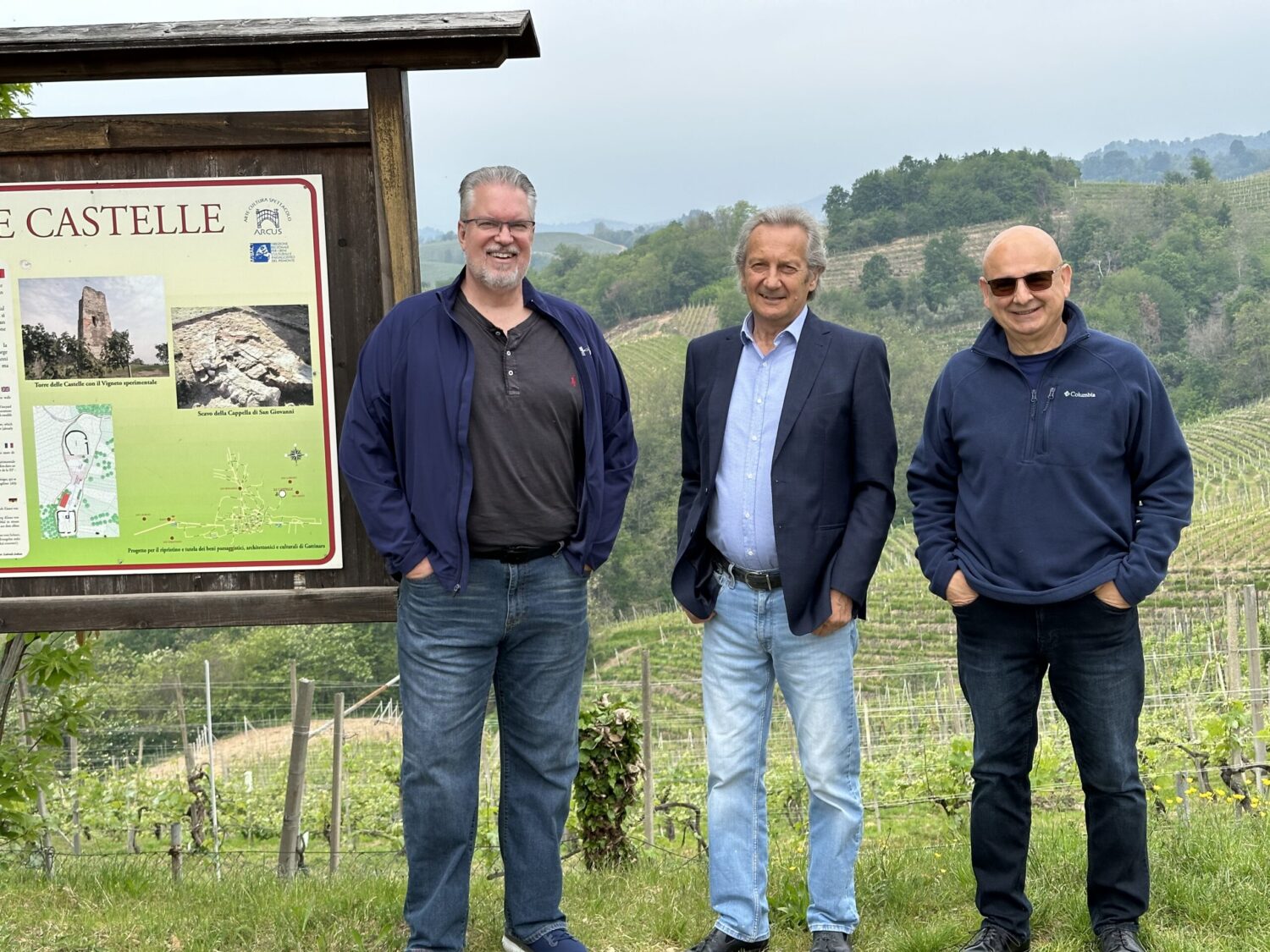
©Nicola Angiuli- Fancoli USA
The distribution system has also changed a lot. Today, the big distributors have become huge and continue to grow, buying up other mid-level firms. They are so big that they must have internal divisions, otherwise the representatives don’t know what to sell. Small importers and distributors are getting smaller and smaller, feeling the competition with the big ones.
On a positive note, Italian cuisine has come to the fore over the past 40 years and there are now excellent restaurants. Wine shops have also expanded their offer. If years ago they aimed only at the most famous wines of a certain region, such as Sangiovese for Tuscany or Nebbiolo for Piedmont, today, while continuing to sell the most famous wines, they have begun to appreciate wines from all regions, even the less known wines.
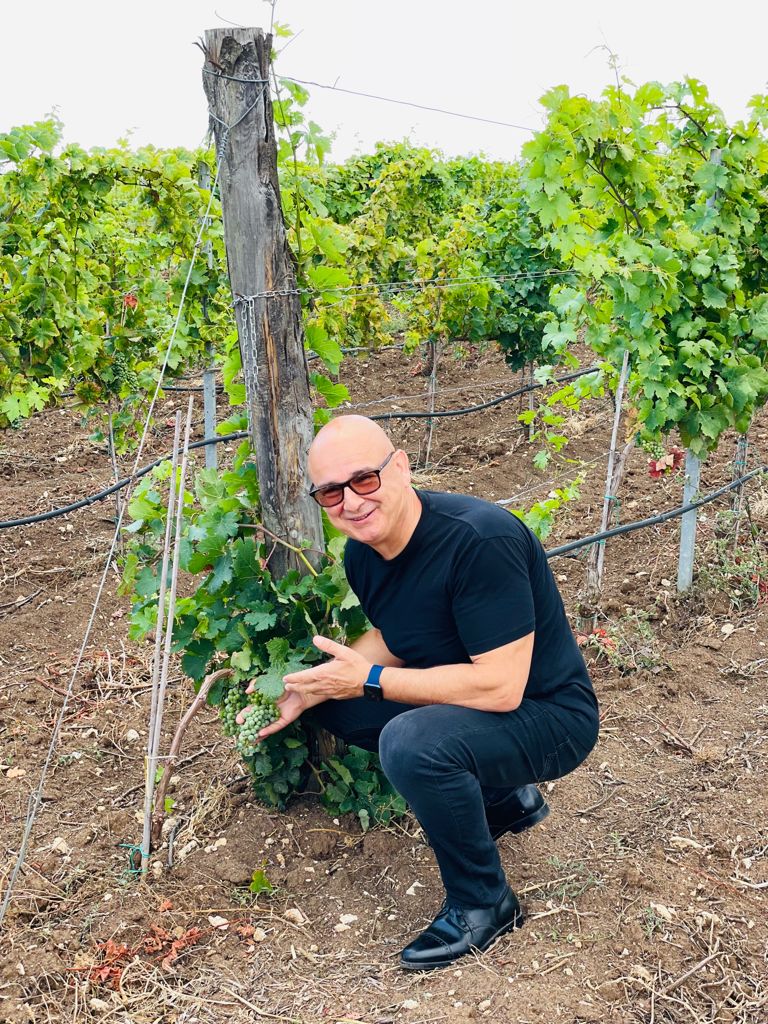
© Nicola Angiuli- FRANCOLI USA
I would like to add that today there is a lot of talk about Artificial Intelligence and the changes it is bringing and will bring about in the world, but the world of wine is based not only on product quality but also on human relationships and these cannot be replaced.
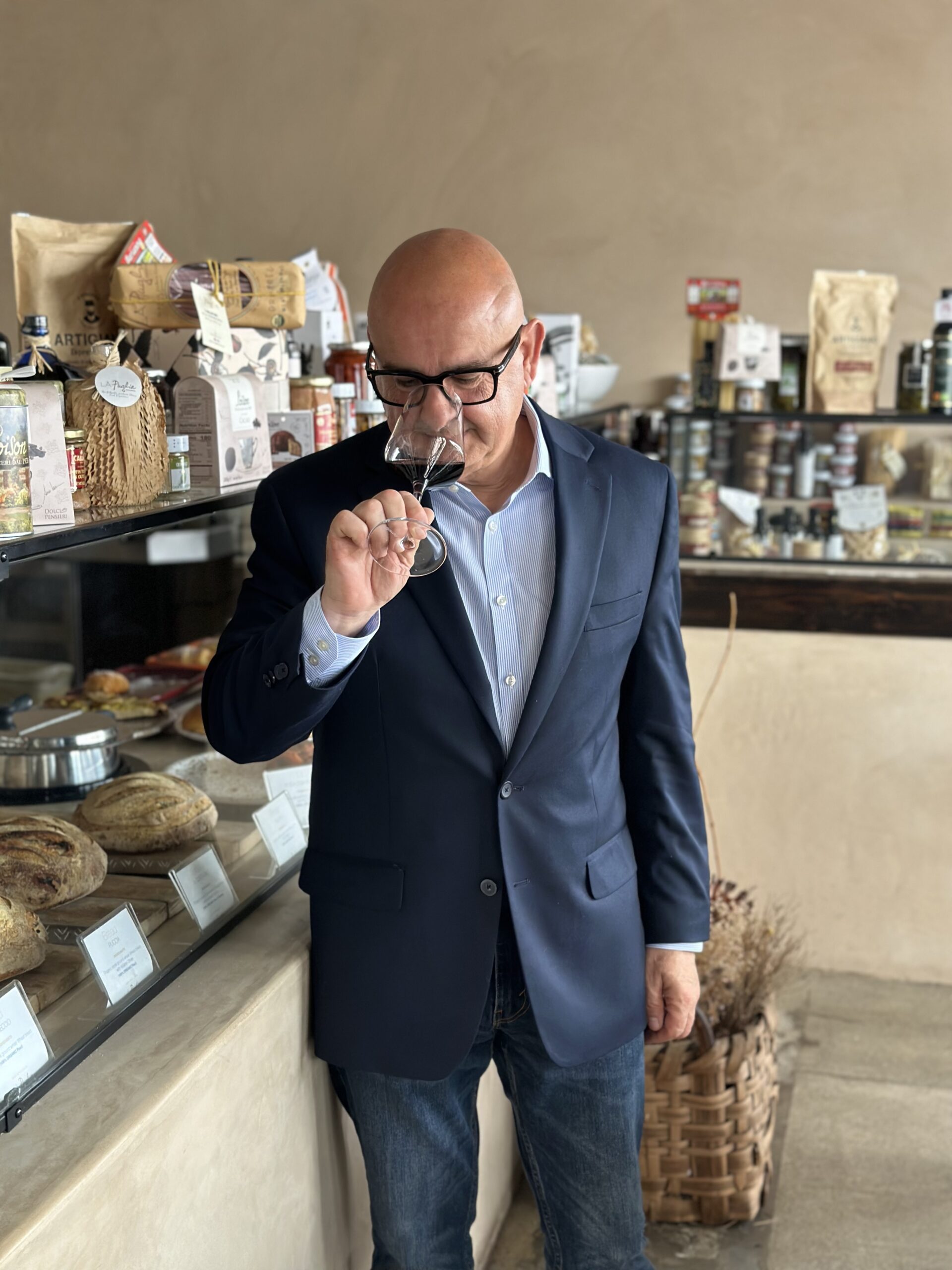
© Nicola Angiuli
Beyond personal taste, in your experience, do American consumers, especially young people, prefer a wine according to their age (for example young white wines, etc.) or according to the occasion?
I have three children and can speak from experience. I can say that young people today drink much better than young people 40 years ago. Thanks to social media and greater access to travel and products, they are more curious about new wines and are learning to develop a palate that allows them to appreciate them to the fullest. I’m also noticing that young people are increasingly appreciating wines such as Lambrusco, Orange Wine and Prosecco sparkling wines.
Older consumers, on the other hand, prefer to stick to wines they already know. Of course, there are exceptions such as those with a broader culture who want to try new wines and often appreciate them. However, despite an appreciation also for young wines, there is a predilection for more aged wines.

© Nicola Angiuli
What are the most requested European wines besides the Italian ones?
Without talking about Italian wines, I would say that French wines are the ones that have taken a good slice of the market. Spanish and Portuguese wines are also in demand. However, I am noticing that, due to global warming, among the wine-producing nations that until a few years ago were not thought to be able to produce quality wine are emerging, such as: England, Holland, Poland and Scandinavia. However, it is certain that the countries with more wine-growing traditions, such as Italy and France, are continuing (and will continue) to produce better wines than countries that are just starting out.

© Nicola Angiuli- FRANCOLI USA
In general, what characteristics must a wine have to convince you to import it?
For me, human contact is the most important part, whoever created the wine. As reiterated in previous interviews, the relationship between manufacturer and importer is a marriage, so there must be understanding and agreements to be successful together, but also to overcome difficult moments such as the Covid pandemic.
Certainly, the cellar is also very important: what equipment and what type of structure it offers for producing wines. If I choose a wine that has the potential to sell in large volumes, I want to make sure I have the backing and infrastructure to do so. The value for money is also very important, as well as the willingness of the manufacturer to work with me on marketing strategies. Last, but not least, if the winery has great reviews or, failing that, if I believe it can have great reviews.
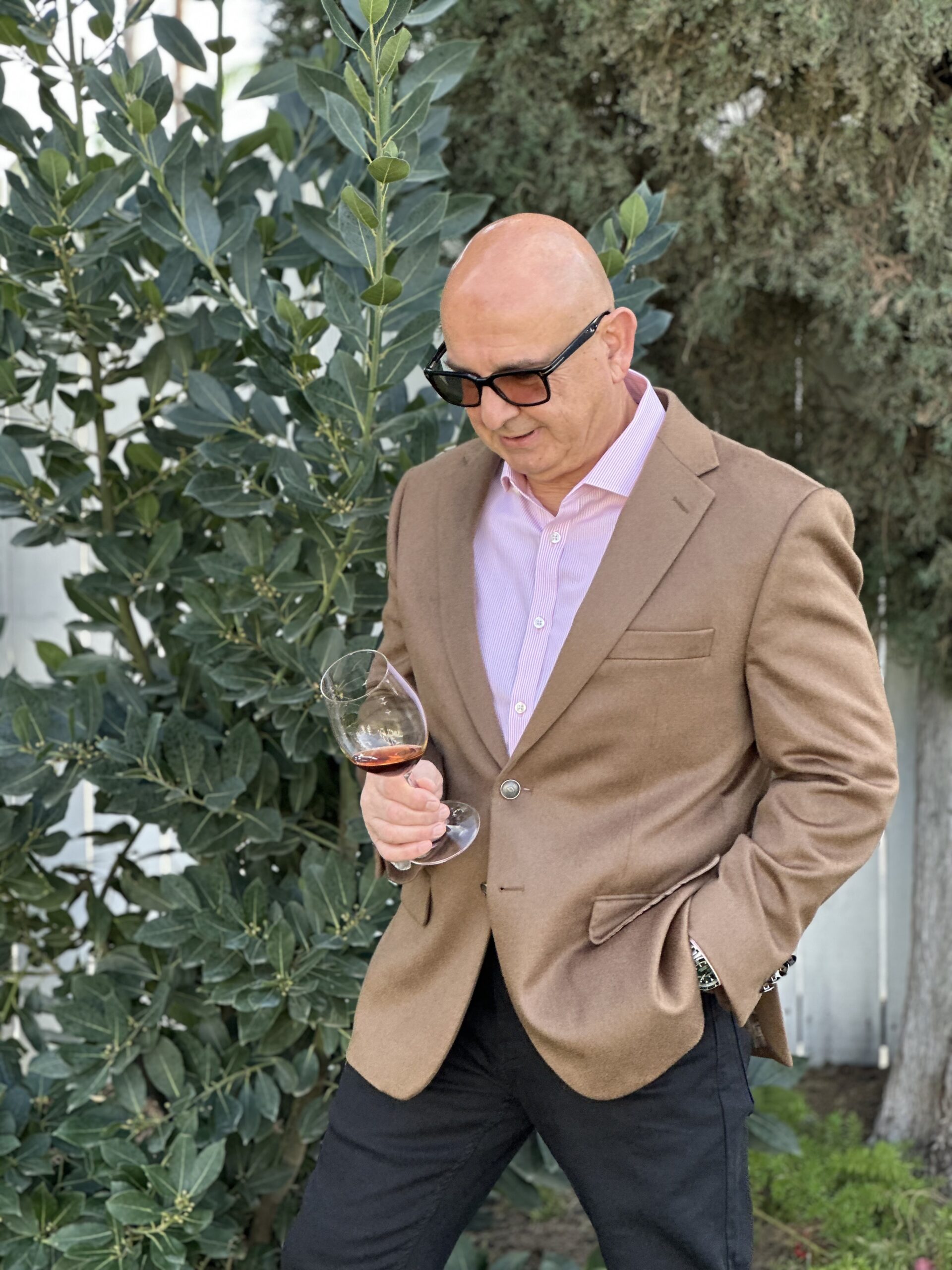
©Nicola Angiuli
While appreciating all wines, obviously especially those you import, which wine, one Italian and one foreign, is never missing on your table and why?
All wines are like my children, so it’s a very difficult question for me, like asking myself which is my favorite child.
Speaking of little-known vines, among foreign wines I would say Encruzado from Portugal. I like it because it is an excellent white that can age and I like white wines that can age.
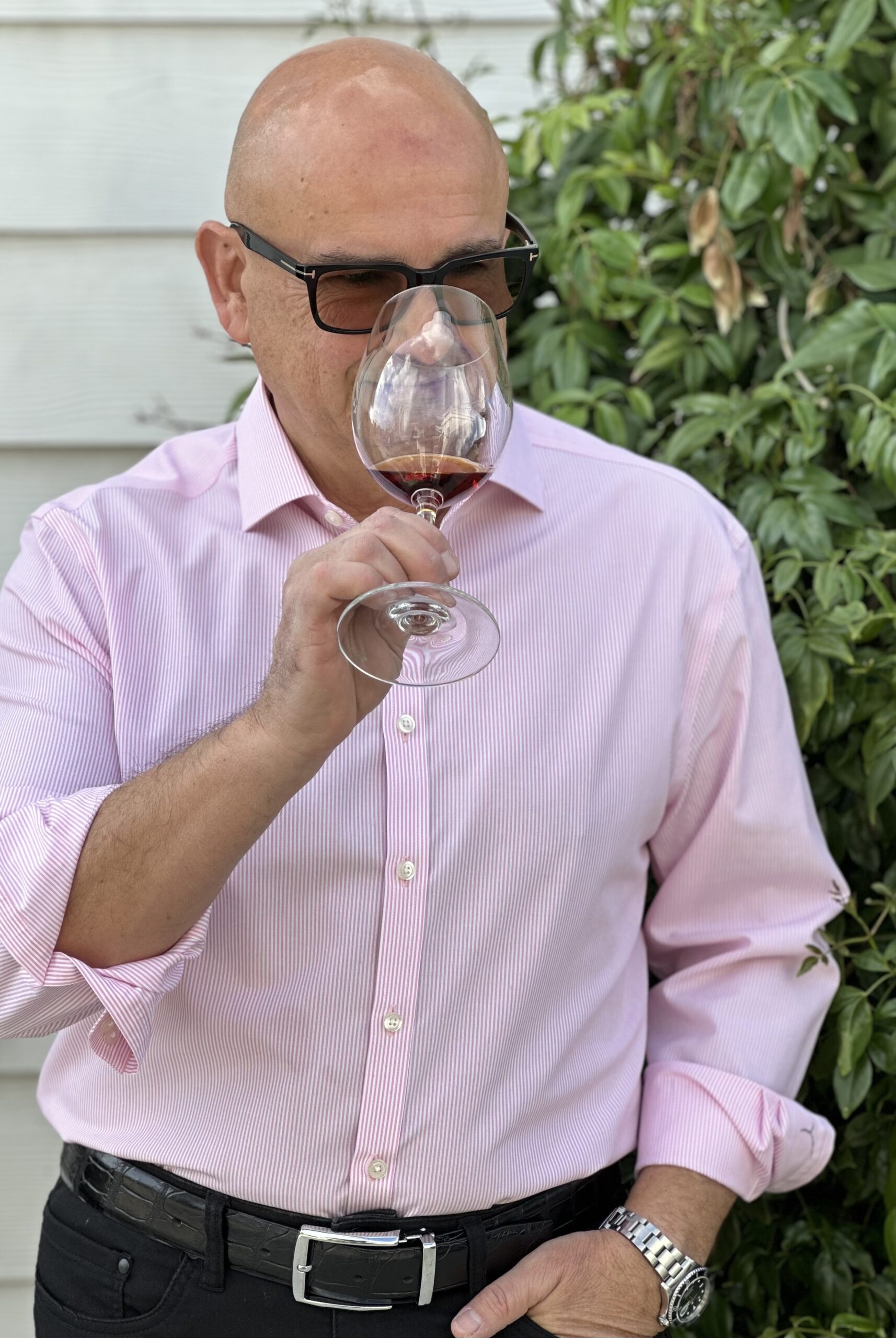
©Nicola Angiuli
As regards Italian wines, I can’t choose. On my table they change every day depending on the food and the company. For example, last weekend I invited some of my wine connoisseur friends over to my house for a barbecue. We opened several bottles of wine, both upscale California reds and Italians. Among the Italians, apart from the Nebbiolos aged 10-20 years, I have chosen some little-known vines to let my friends taste them and get to know them, including Montepulciano D’Abruzzo (one of which is biodynamic), Aglianico and Susumaniello. In the end, all the wines were liked, but the Italian ones were the favourites, finished completely, while of the Californian wines something was left over because it was preferred to finish with Grappe and Amari.


